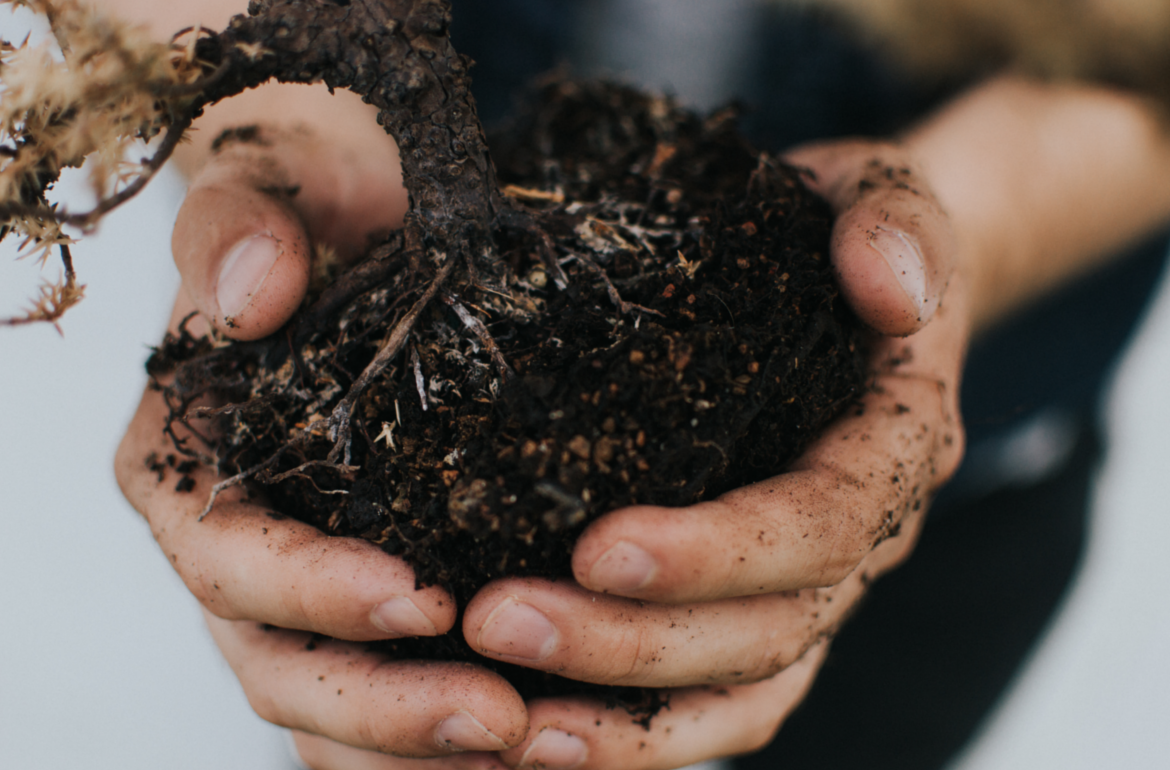How Wolfe’s Neck Farm Is Combating Climate Change
It’s all in the dirt.
Author: Mary Pols | Published: October 29, 2017
This month, Wolfe’s Neck Farm got a new name, the Wolfe’s Neck Center for Agriculture & the Environment, and officially became part of an internationally trending agricultural movement that aims to fight climate change from the ground up.
Beyond some signs referring to a TransFARMation, the changes aren’t obvious. That’s because a big part of the rebranding has to do with a mission happening underfoot. Literally. This transformation is about using the soil on this centuries-old 626-acre farm on the shores of Casco Bay to combat climate change.
As to be expected with the ever-evolving world of agriculture, there’s a buzzword for the new approach: regenerative agriculture. But it’s not yet in widespread use, and Wolfe’s Neck’s executive director David Herring finds himself defining it a lot.
“I’ve had a lot of people say, ‘What is this thing about regenerative agriculture? What is that?’ ” Herring said. He smiles the smile of a man who knows that it is a select audience who wants to hear the nitty gritty of dirt. “And so our ability to explain it succinctly has been tested.”
Start with soil health. Richer soil, more dense with organic material, is the obvious path to stronger plants and better yields. That’s what compost is all about. Every farmer engaged in sustainable agriculture is already working toward this.
“These are not brand-new things,” Herring said. “None of these things are.” But there’s a growing consciousness – Herring even uses the word “revolution” – of the potential agricultural soils high in organic material have to trap more carbon, enough potential to halt or even roll back climate change.
TRAPPING CARBON
Improving soil will build a higher level of resilience; organic matter in soil absorbs and retains more water, making farms more drought and flood resistant. But the major premise behind the burgeoning regenerative agriculture movement is that improving soil health is also the ideal means to get excess greenhouse gases out of the atmosphere and into the soil. Soil already sequesters carbon. It has potential to sequester a lot more, if it has human help to increase its capacity to hold carbon. And those humans need some help figuring out the recipe to healthier soil – meaning richer in organic material that can trap the carbon. Based on the speed at which the climate is changing, the recipe needs to be developed quickly.
Which is where Wolfe’s Neck Center for Agriculture & the Environment comes in. It will continue to be the place to go for a hayride in the fall, seashore camping in the summer or a field trip to gawk at new calves and squeal at the cuteness of baby goats. It’s also still the home of a burgeoning organic dairy program designed to train the next generation of dairy farmers, thus bolstering a struggling sector of agriculture.
But it has a new role as an observatory for how known methods of enriching soil naturally are working and – this is key, given how climate change is already affecting us – a laboratory for figuring out how to improve soils rapidly.
Agriculture has to be part of the solution, Herring said, because it is a major contributor to climate change.

